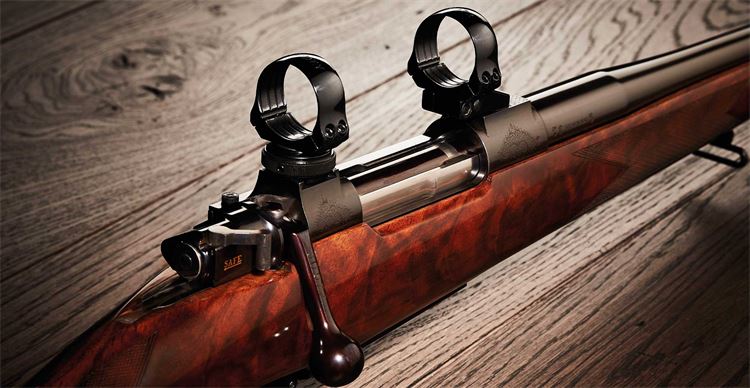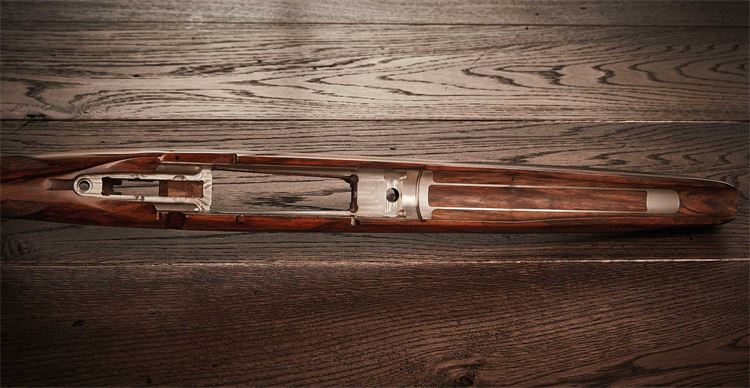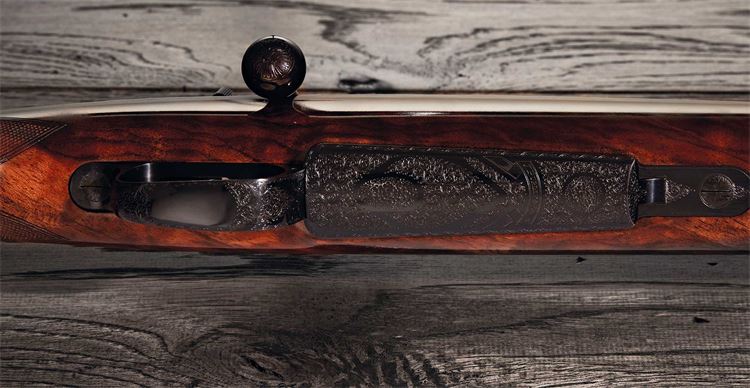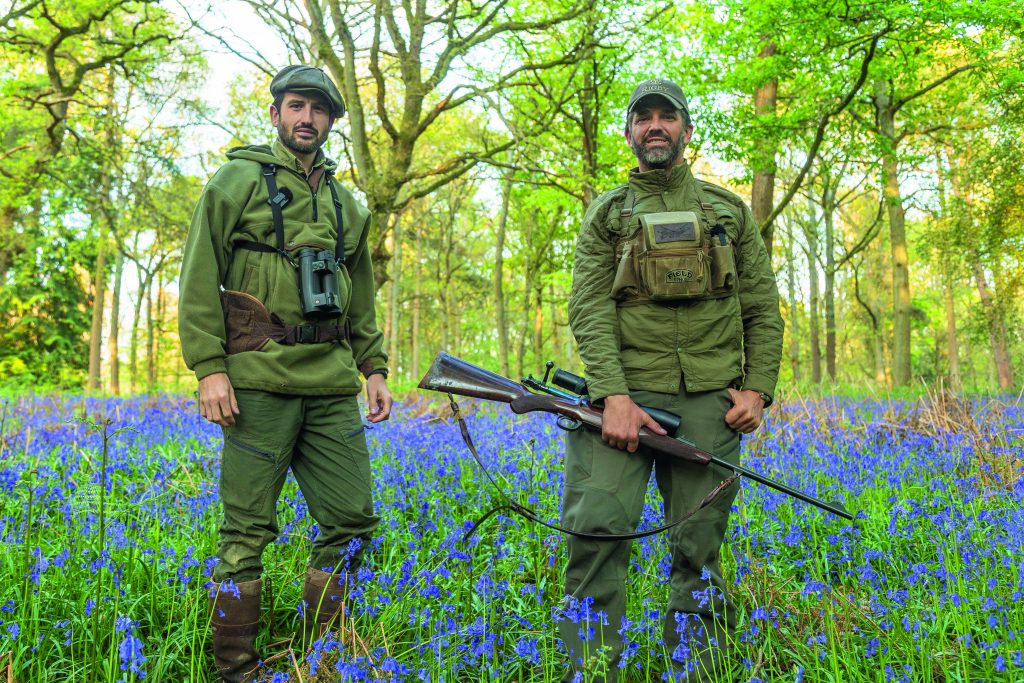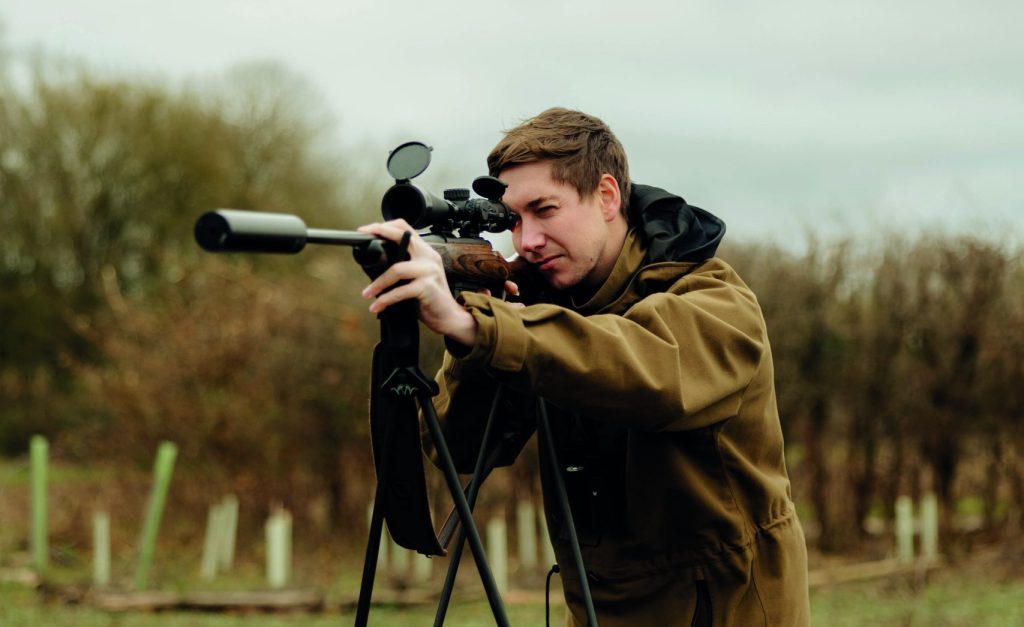Purdey’s new bolt-action rifle
James Purdy & Sons’ latest bolt-action rifle combines classic good looks and world-class craftsmanship with astonishing performance.
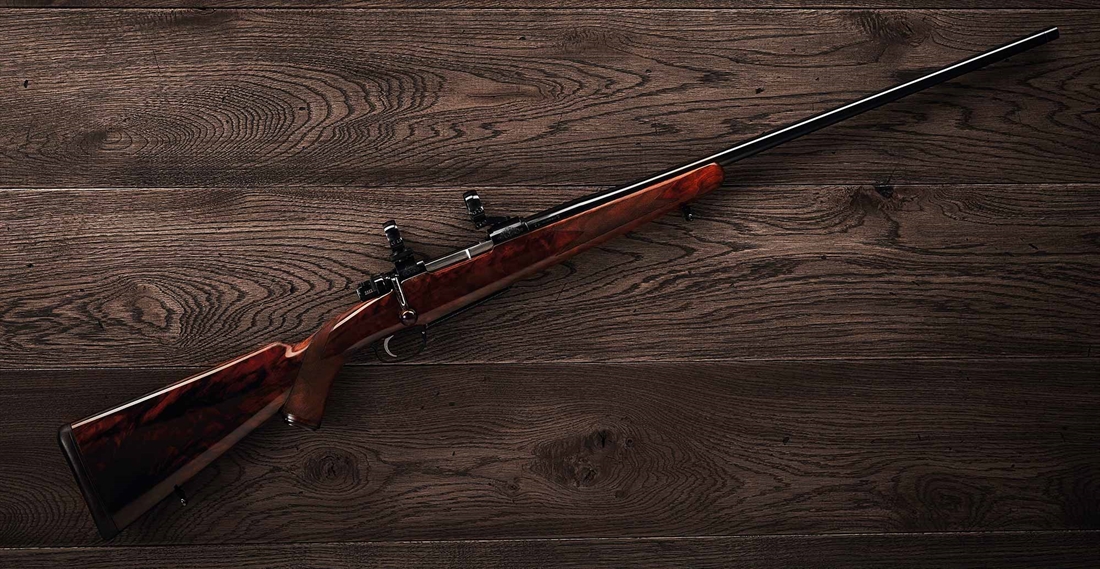
I will admit from the outset that I have always been a bit of a traditionalist when it comes to hunting rifles – I just don’t think you can beat the look and feel of a classic controlled-feed bolt-action with an oiled walnut stock. In fact, my three all-time favourite rifles have all been pre-64 Model 70 Winchesters in 30-06, .375 H&H and .458 Win. You get the picture.
But when it comes to choosing a hunting rifle, accuracy should be the single most important criterion; the quick and clean dispatch of one’s quarry should be every ethical hunter’s highest priority. Aesthetics should be a secondary consideration, by some margin.
Which is precisely why modern synthetic stocks, made from carbon fibre and other composite materials, have become increasingly popular with hunters in recent years. They are durable, can be more precisely engineered than traditional wooden stocks, they do not expand and contract in the way that wood does, and they are more rigid which means that there is very little movement in the fore-end when a shot is fired.
“When you look at why traditional handcrafted bolt rifles aren’t consistently accurate, it basically comes down to the movement of wood,” explains James Horne, chairman of James Purdey & Sons. “The action moves within the stock on recoil which in turn changes the point of impact from shot to shot. The other problem with wood is how it is affected by temperature and moisture variations – the pressure points in the fore-end change as the atmospheric conditions do, resulting in erratic groups.”
So, in a nutshell, if you want a consistently accurate rifle and efficient and reliable hunting tool, you should avoid wood and opt for a good quality carbon fibre or composite stock.
Not so fast.
I was recently invited by Jonathan Irby from James Purdey & Sons to test their latest bolt-action rifle in .300 Win Mag at various ranges at Bisley and, if the truth be told, I didn’t have particularly high expectations. Of course, I knew that it would be beautiful, well balanced and pleasurable to shoot – and it was – but I assumed that when it came to accuracy it wouldn’t be able to compete with some of the more modern rifles on the market.
I couldn’t have been more wrong.
Even the two range officials at Bisley who accompanied me raised an eyebrow when this very traditional-looking rifle, without a sound moderator and shooting Hornady Superformance factory ammunition (180gr SSTs), produced a 3″ group at 600 yards in fairly blustery conditions. Earlier, it had printed a ¼” group at 100 yards and a 1½” group at 300. Simply put, that is match-grade accuracy from a London-made hunting rifle – an astonishing achievement in anyone’s book.
So, how did the very clever rifle makers at James Purdey & Sons do it?
There are a number of things that you have to get right to achieve sub-MOA accuracy in a rifle, but the primary difference between this rifle and every other rifle I have ever shot is in the stock itself.
The Purdey Chassis System
Embedded in the rifle’s handmade walnut stock is a CAD-engineered and CNC-machined titanium chassis that runs all the way from the pistol grip through to the front of the fore-end. This very clever bit of engineering negates all of the challenges posed by traditional walnut stocks by providing an exceptionally stable bedding platform into which the action is built.
This major advance has also allowed Purdey to incorporate a true free-floating barrel into the design, allowing consistent barrel harmonics which, as any rifle or barrel maker will tell you, is another key prerequisite to rifle accuracy.
Innovation meets tradition
“We set our sights on creating a bolt-action rifle that overcomes the problems posed by traditional wooden stocks, but still looks and feels like a traditional Purdey rifle,” explains James Horne.
“We decided to start with a clean sheet and to focus on accuracy in isolation,” adds Jonathan Irby. “We found that most high-performance target rifles on the market – such as those made by Accuracy International – have actions that are built into a metal chassis, and they have completely free-floating barrels. The next challenge, of course, was to achieve that within a traditional wooden stock.
“So, we came up with the idea of embedding a metal chassis into the walnut, something that, as far as we know, had never been done before. We knew that if we wanted to maintain the classic lines of a Best London rifle, the chassis would need to be slim; titanium offered the best options as it is stiffer, stronger and lighter than aluminium. We could have used steel but it would have added too much weight.”
From the point of concept to having a chassis that they could test took about nine months. The development of the chassis was done on a CAD system – rather than doing it manually by hand – so they were able to model the chassis very precisely.
Because the Purdey Chassis System is embedded in the stock, it is hidden from view when the rifle is assembled, so, aesthetically, it remains a very traditional-looking product with London blueing on the action and barrel, along with the walnut stock and subtle fine rose and scroll engraving on the trigger guard, magazine floor-plate, bolt handle and receiver.
An all-British product
Historically, Best Quality London rifles were all built around old Mauser actions using German barrels. The new Purdey Bolt-Action Rifle is an all-British product. The double square-bridge M98-style controlled-feed action and barrel (the latter made by Border Barrels in Birmingham) are both precision engineered in the UK and the rifles are made and finished by Purdey craftsmen in their London workshop.
The rifle is delivered complete with swing-off mounts and scope rings and is threaded for a moderator if the customer wishes, complete with an invisible thread protector. The trigger, which is set from the factory at 2½lb, is adjustable and delivers a crisp break with no creep.
The only criticism I had of the rifle I tested (a prototype) was the fullness of the pistol grip – it felt cumbersome and uncomfortable to me and made reaching for the trigger awkward – but I have been assured that this has subsequently been addressed. Apart from that, I really can’t fault this rifle.
Admittedly, the price point (£25,000 + VAT) will put this rifle out of the reach of the vast majority of hunters and deer stalkers, but there is no denying that it is worth every penny. It really does offer the best of both worlds – the classic aesthetics and quality of craftsmanship that is synonymous with one of the world’s most iconic gun and rifle making firms, and exceptional accuracy achieved through truly innovative engineering. What’s not to like about that?
Yes, this really is a genuine game-changer.
Available calibres
The Purdey Bolt-Action Rifle is available in short, standard and magnum actions and can be built for all standard and most wildcat chamberings. Purdey has over 200 reamers available to meet the demands of the modern bolt-action rifle market.
The Purdey Bolt-Action Rifle is available now, with prices starting from £25,000 + VAT. The lead time on the standard specification is approximately six months from order.
Related Articles
Get the latest news delivered direct to your door
Subscribe to Fieldsports Journal
Elevate your experience in the field with a subscription to Fieldsports Journal, the premium publication for passionate country sports enthusiasts. This bi-monthly journal delivers unparalleled coverage of game shooting, fishing and big game across the UK and beyond.
Each issue offers a stunning collection of in-depth features, expert opinions and world-class photography, all presented in a timeless yet contemporary design.
Save 10% on shop price when you subscribe, with a choice of packages that work for you. Choose from Print & Digital or Digital only with each journal delivered directly to your door or via the app every other month, plus access to past issues with the digital back issue library.






